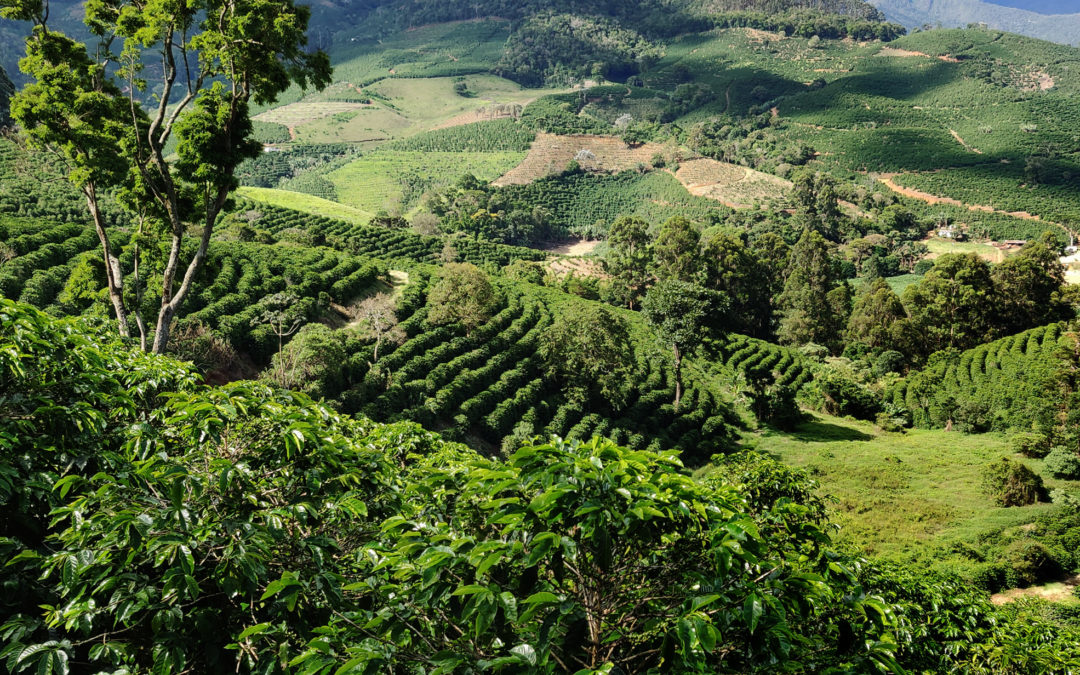
by brygmanden | Dec 31, 2020 | Blog
In order to continue with our life-cycle analysis (LCA), we need to choose a best estimate for the GHG emissions related to coffee growing and processing. As we’ve seen in the last few lessons, this is a difficult proposition, and the answer can vary considerably... 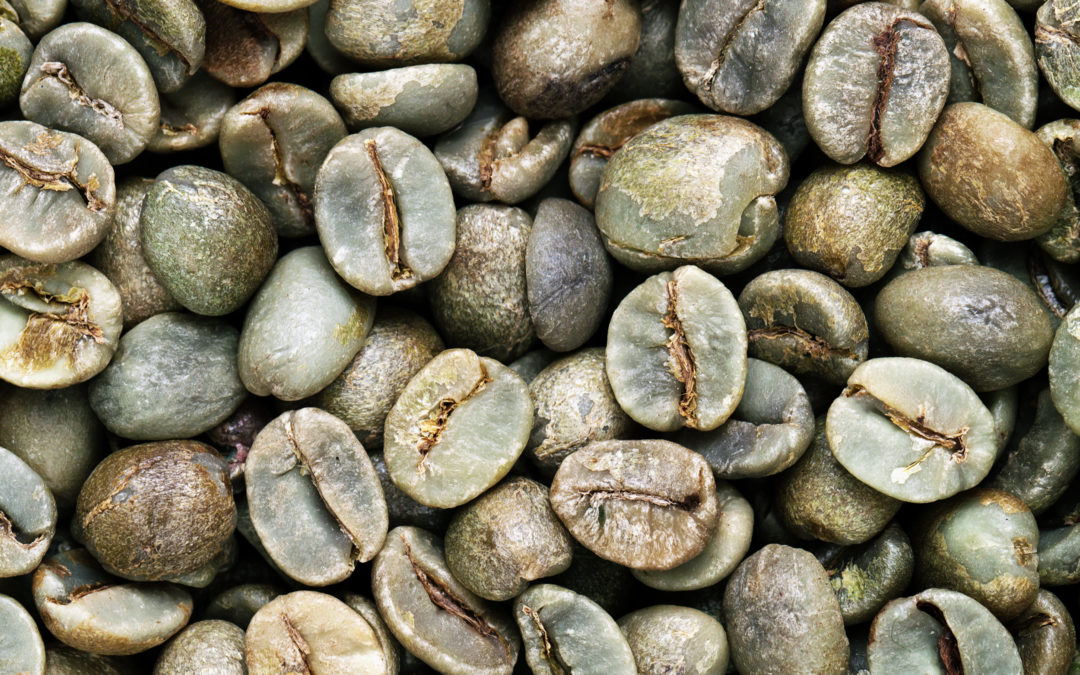
by brygmanden | Dec 11, 2020 | Blog
It’s clear that the two main contributors to emissions from production result from fertiliser use on the farm and fermentation from wet processing at the mill. Yet the studies that we’ve discussed vary widely in their estimates, due partly to the different conditions... 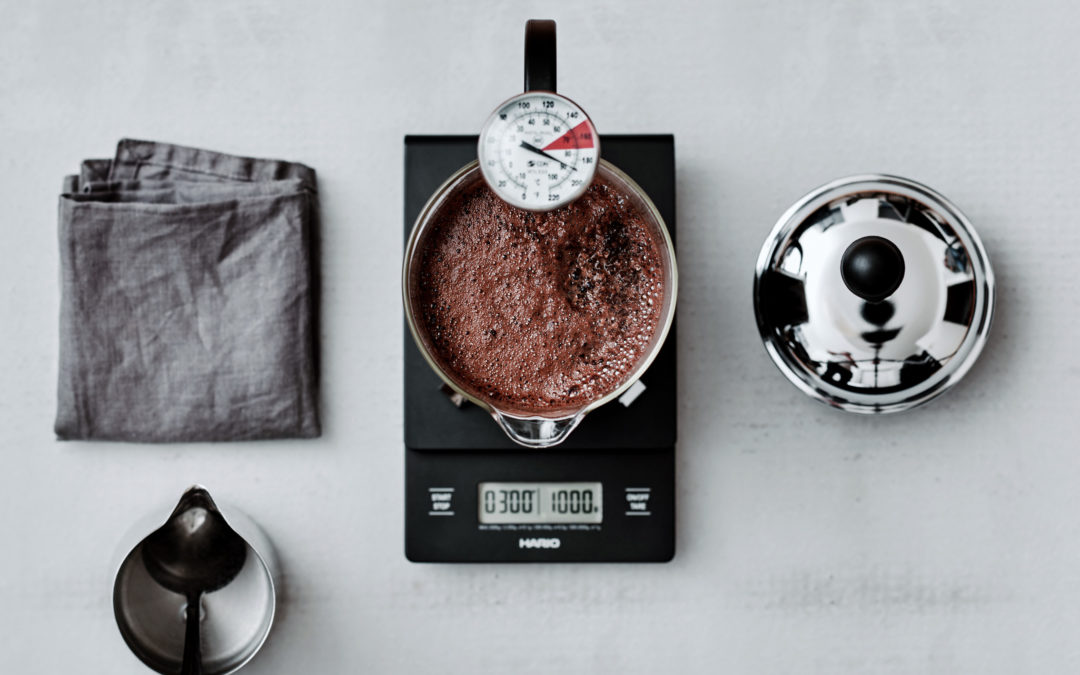
by brygmanden | Nov 28, 2020 | Blog
For pour-over methods like V60, Barista Hustle has long advocated using very hot water for brewing coffee — just off the boil, or at around 98°C for anyone using a temperature-controlled kettle. However, in our new course all about Immersion brewing, we make quite... 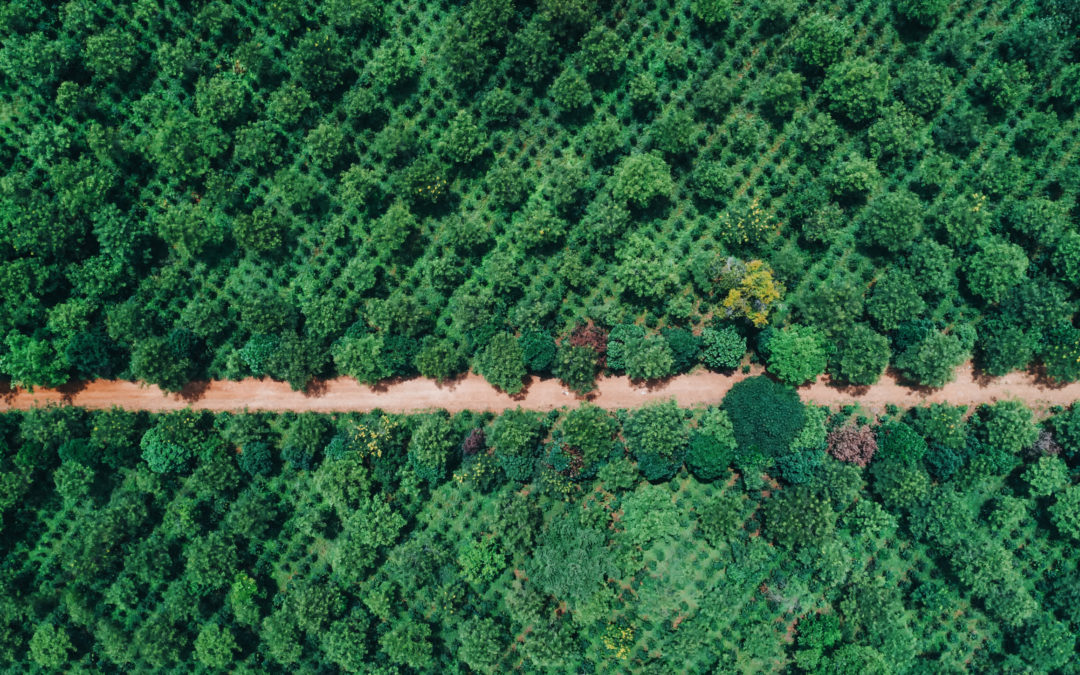
by brygmanden | Nov 15, 2020 | Blog
Agroforestry and Carbon Sequestration Coffee grows natively under forest trees, and it is well adapted to growing under shade. ‘Agroforestry’ refers to a system of cultivation in which coffee is grown amidst forest trees. These may be native forest trees or they may... 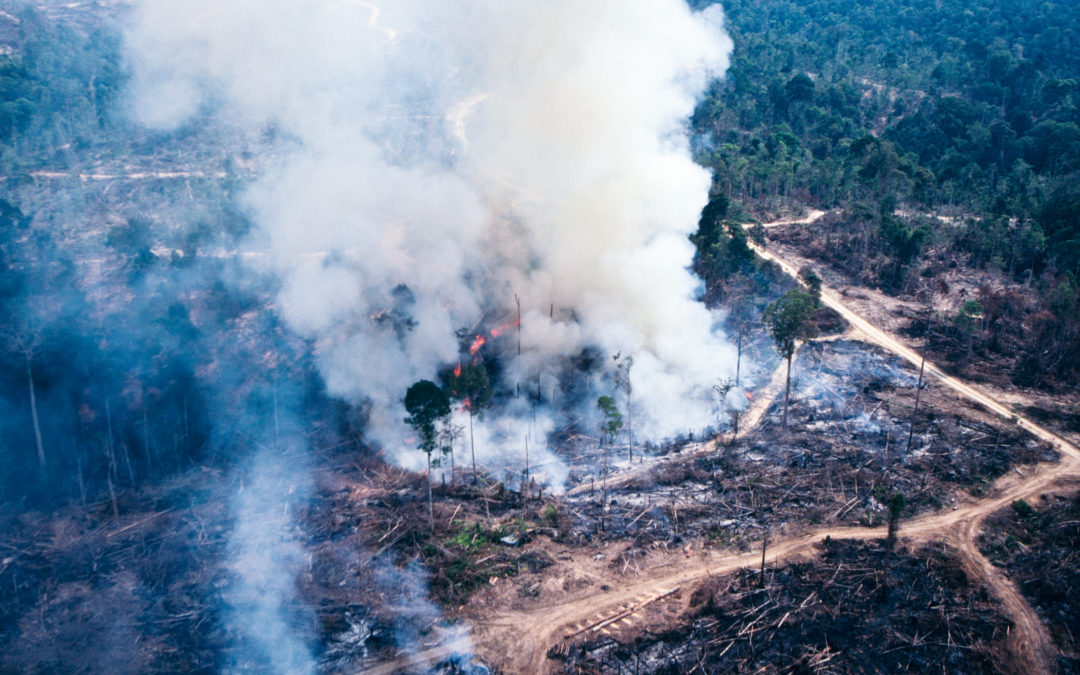
by brygmanden | Oct 30, 2020 | Blog
Land Use Changes Establishing the coffee plantations in Brazil that made it the world’s biggest supplier of coffee came at a huge environmental cost. Huge swaths of tropical rainforest were felled and burned to clear the land for coffee seedlings (M Pendergrast,... 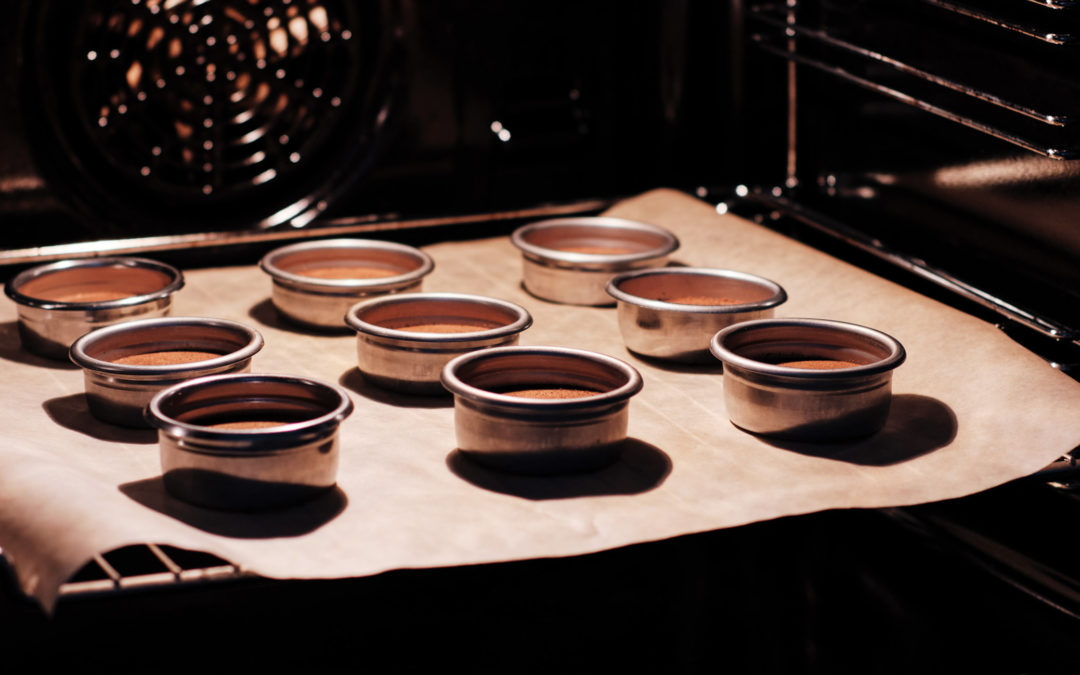
by brygmanden | Oct 23, 2020 | Blog
In case you didn’t know, for most of our blog posts we ask readers in our Facebook group to pick questions for us to answer. This week, you voted for this question: ‘What happens if you take coffee grinds and put them in the oven at 70° C to disperse roasting gases,...





